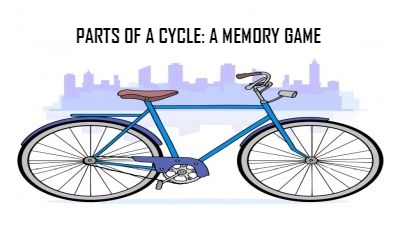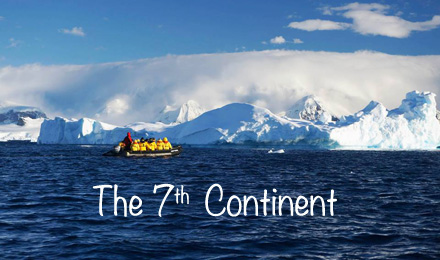If you enjoy the circus, you are sure to love this thematic puzzle too!

The circus is in town! What a jolly good time it promises to be. What would a circus be without its artists and entertainers?
Can you find the names of these circus artists in the world grid? (For clues with 2 words, look only for the part of the name that is in UPPERCASE)
Have you spent time with pets, hiked in the wild or learnt a lot about animals from movies?

From visiting a farm to hiking in the woods, or, spending time in the zoo to exploring a national park, there are various places to interact with animals. Let’s see if you are good at identifying a few…
Have you watched any movies revolving around animals? Eight Below, the survival story of sled dogs in Antarctica, is a classic example. Can you guess the answers to these questions about animals in movies?
Great going! What movie are you going to watch next?
These pictures are incomplete! Can you complete them by placing the missing pieces? Get started now.

There are generally four seasons on Earth — summer, autumn, winter and spring — and they arrive in the same order every year. While the specifics may vary depending on the location, these seasons largely influence the way we live and how the environment around us looks.
Here is a fun task for you. Below are four puzzles, one representing each season. While most of the pieces have been put together, some are still missing. Can you place them correctly?
Sultry summer
Abundant autumn
Wonderful winter
Scintillating spring
Can you complete this quick quiz based on similes that feature creatures that fly? You’re as _ _ _ _ as a bird

A simile is a figure of speech that is used to compare two things of different kinds and is used to make a description more vivid. Examples are: ‘as brave as a lion‘, ‘as hungry as a wolf‘, ‘as gentle as a lamb‘.
Can you complete this quiz based on similes that feature creatures that fly?
Great going!
How much do you know about the parts that make up a cycle?

What’s more fun than taking out your bicycle and setting out? Soak in the sun or explore your neighbourhood, no matter what you choose to do, bicycling is the best way to have a blast while also burning calories effortlessly. However, do you know what parts come together to form your favourite cycle? Well, here’s how you can learn about some of them. Try your hand at this memory game, and get going.
How much do you know about this festival that is observed across the country? Find out with this crossword.

Dussehra, Navaratri, Durga Puja… this 10-day festival, which begins later this week, is known by many names. But the one thing it celebrates is the triumph of good over evil. Here is a crossword based on this festival.
Images: Freepik and Wikimedia Commons
Light up your home with your very own hand-made candle holders! Click here to learn how to do it…

Any festive celebration in India is incomplete without glittery lamps and diyas. Here are two candle holders you can create with materials found at home!
Bangle candle holder
Materials required:
Colourful glass bangles of similar size, glue, card sheet and scissors.
Paper flower candle holder
Materials required:
Small-sized paper cup/tissue roll, scissors, paints and brush.
One of the trips of a lifetime is a voyage to Antarctica! Pack your bags and onward you go – Antarctica Ahoy!

Have you ever wondered how the Earth’s southernmost continent of Antarctica looks? Let’s explore the coldest, driest and windiest continent! Scroll right through these slides.
Click here to get your Antarctica-themed activity sheet. It’s something to keep you motivated for your next adventure travel!
Fondly known as nanhe or little one, Lal Bahadur Shastri was a towering personality who was instrumental in scripting several historic moments in Indian history


Can you imagine packing your bags and heading off for a trip to space? Find out all about the world of space tourism with this video.











